
Helping Vietnam’s Coffee Sector Become More Climate Resilient
A new platform aims to use digital technology to help Vietnamese coffee farmers lower costs, boost yields and increase profits.

A new platform aims to use digital technology to help Vietnamese coffee farmers lower costs, boost yields and increase profits.
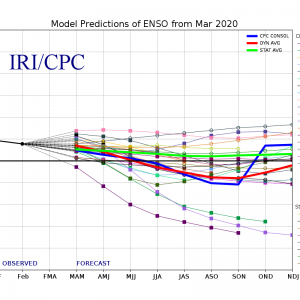
Read our ENSO Essentials & Impacts pages for more about El Niño and La Niña. In mid-October, the tropical Pacific sea-surface temperatures were well below average and into the moderate strength La Niña range. All atmospheric parameters also indicated La Niña conditions. A new set of model runs predicts moderate or possibly strong La Niña conditions through 2020 and most […]
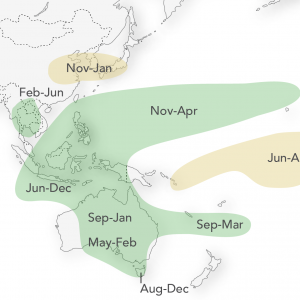
Updated maps document expected impacts of ENSO conditions for decision makers across the globe. In 2001, the International Research Institute for Climate and Society’s Simon Mason and Lisa Goddard published an important analysis of how El Niño and La Niña events historically have influenced rainfall around the world. Out of that analysis they produced a […]
By Joseph Conway During the summer of 2019, Pranav Singh, a graduate student at Columbia University’s School of International and Public Affairs, interned in Hanoi, Vietnam for the Adapting Agriculture to Climate Today, for Tomorrow (ACToday) Columbia World Project. Singh’s work focused on understanding where climate services–weather forecasts, early-warning systems, climate predictions and other resources–could […]

Read our ENSO Essentials & Impacts pages for more about El Niño and La Niña. In mid-September, the tropical Pacific sea surface temperatures were below average and into the weak/moderate La Niña range. Most atmospheric indicators also suggested La Niña conditions. A new set of model runs predicts likely weak or moderate La Nina through fall and most of winter, […]
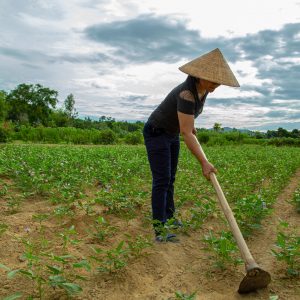
This blog was originally posted to the CGIAR Research Program on Climate Change, Agriculture and Food Security (CCAFS) website and was authored by Joseph Conway and Pranav Singh. Vietnam has been deemed by the Intergovernmental Panel on Climate Change (IPCC) as one of the most vulnerable countries in the world to the impacts of climate […]
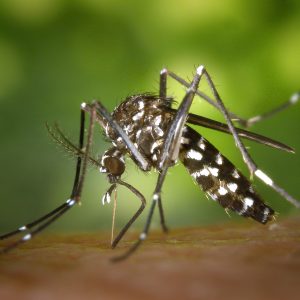
A new study demonstrates for the first time that subseasonal rainfall and temperature forecasts can be used to predict outbreaks of dengue fever by estimating mosquito abundance. Climate models are often applied to future predictions, but one of the most reliable ways to improve and test the capabilities of these models is to look to […]

Read our ENSO Essentials & Impacts pages for more about El Niño and La Niña. In mid-August, the tropical Pacific sea-surface temperatures were below average, near the threshold for weak La Niña conditions. Some atmospheric indicators showed neutral conditions while others leaned toward La Niña. A new set of model runs predicts that weak La Niña conditions are most likely […]
With the peak of the hurricane season coming up and COVID-19 abundant in many hurricane-prone areas, the United States is poised to experience the collision of two major disasters. According to a study by scientists at Columbia University and the Union of Concerned Scientists (UCS), a large-scale hurricane evacuation would increase COVID-19 cases in both […]
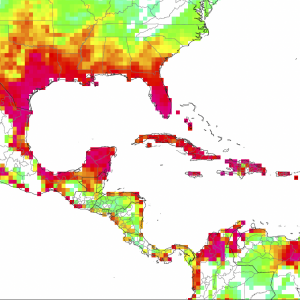
New system infuses ‘R0’ models with climate information to help public health agencies forecast places and times when environmental conditions might enhance transmission of dengue, Zika and other Aedes-borne diseases